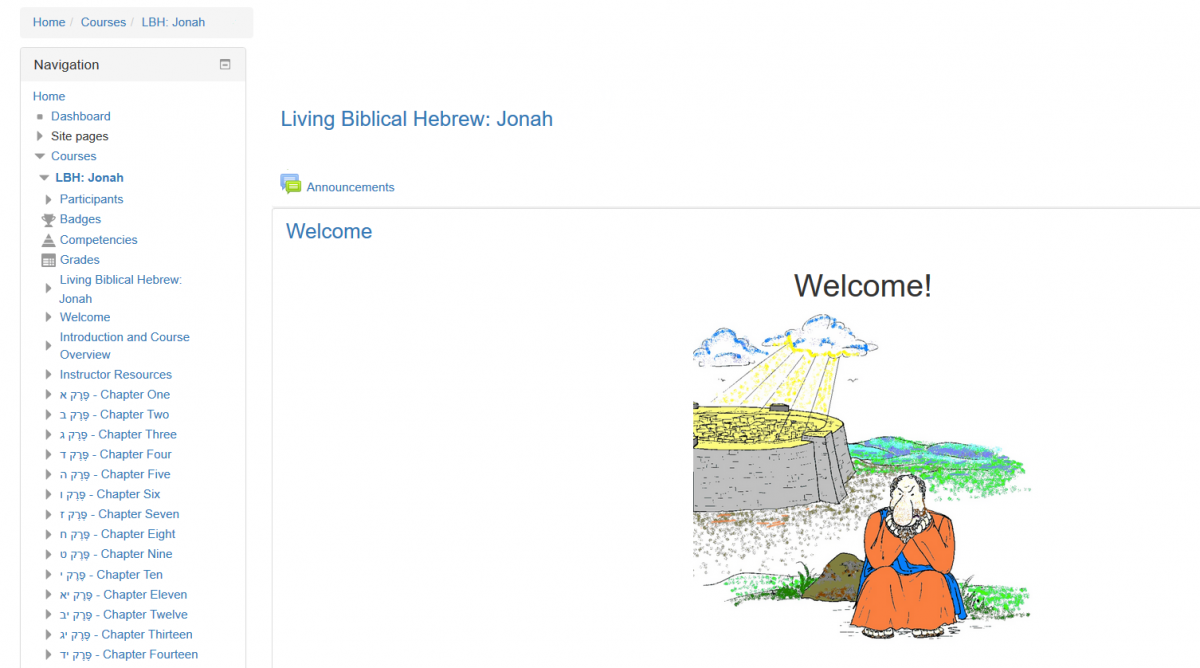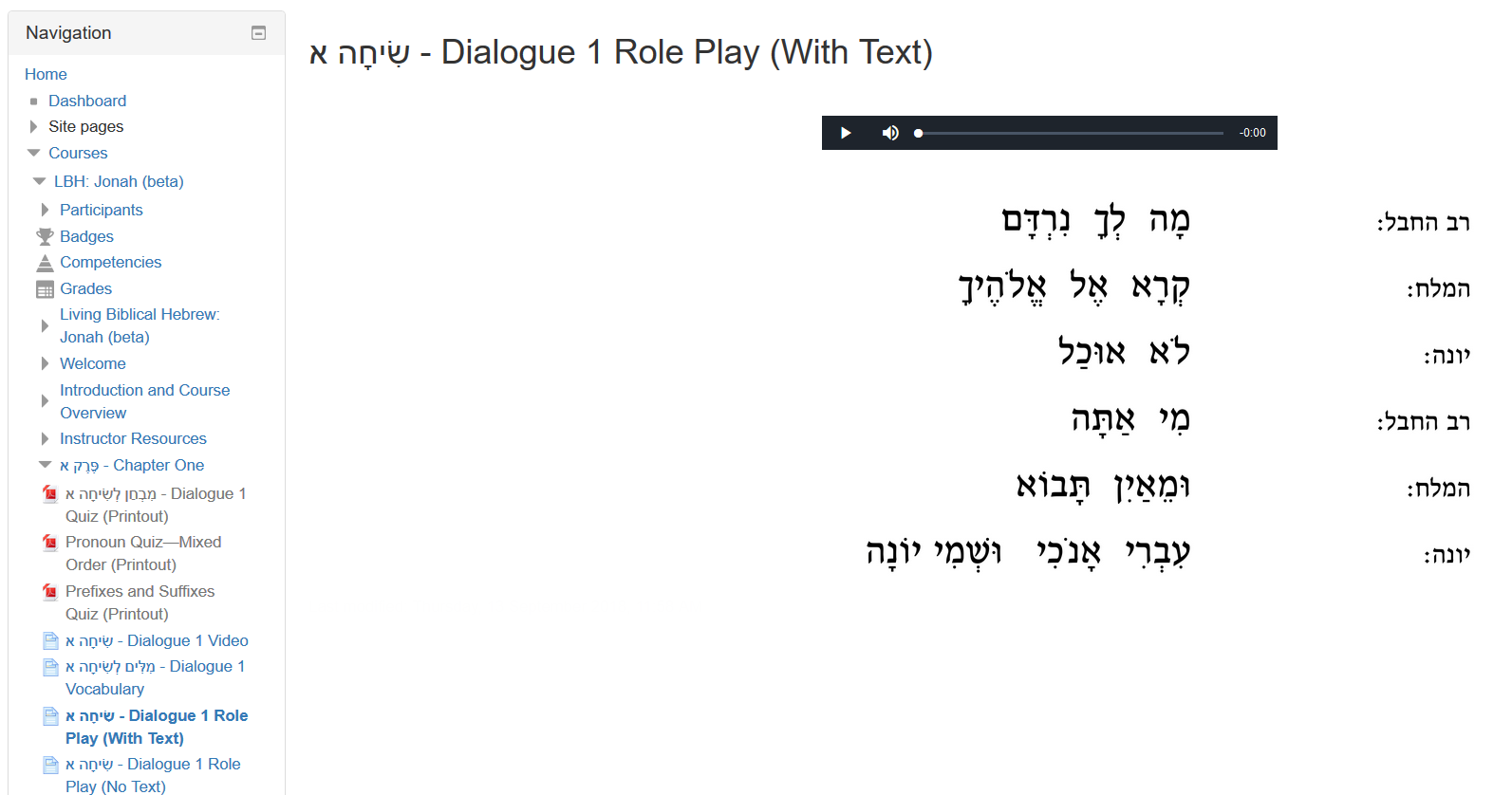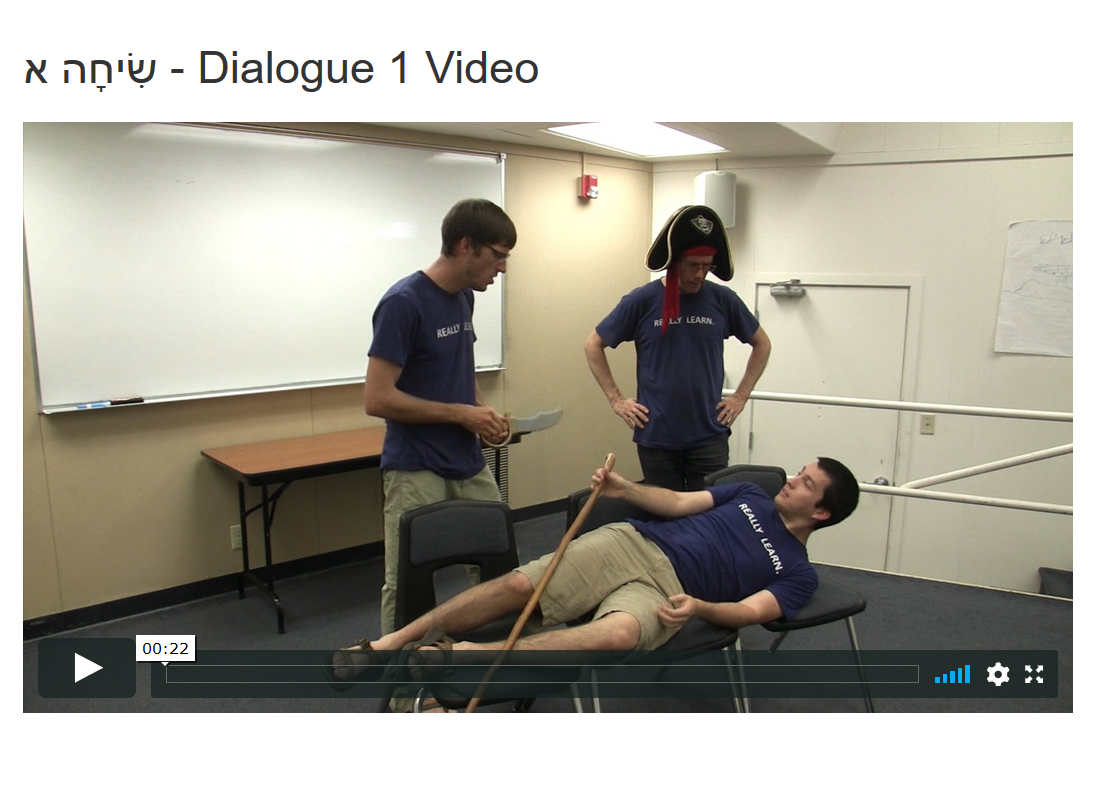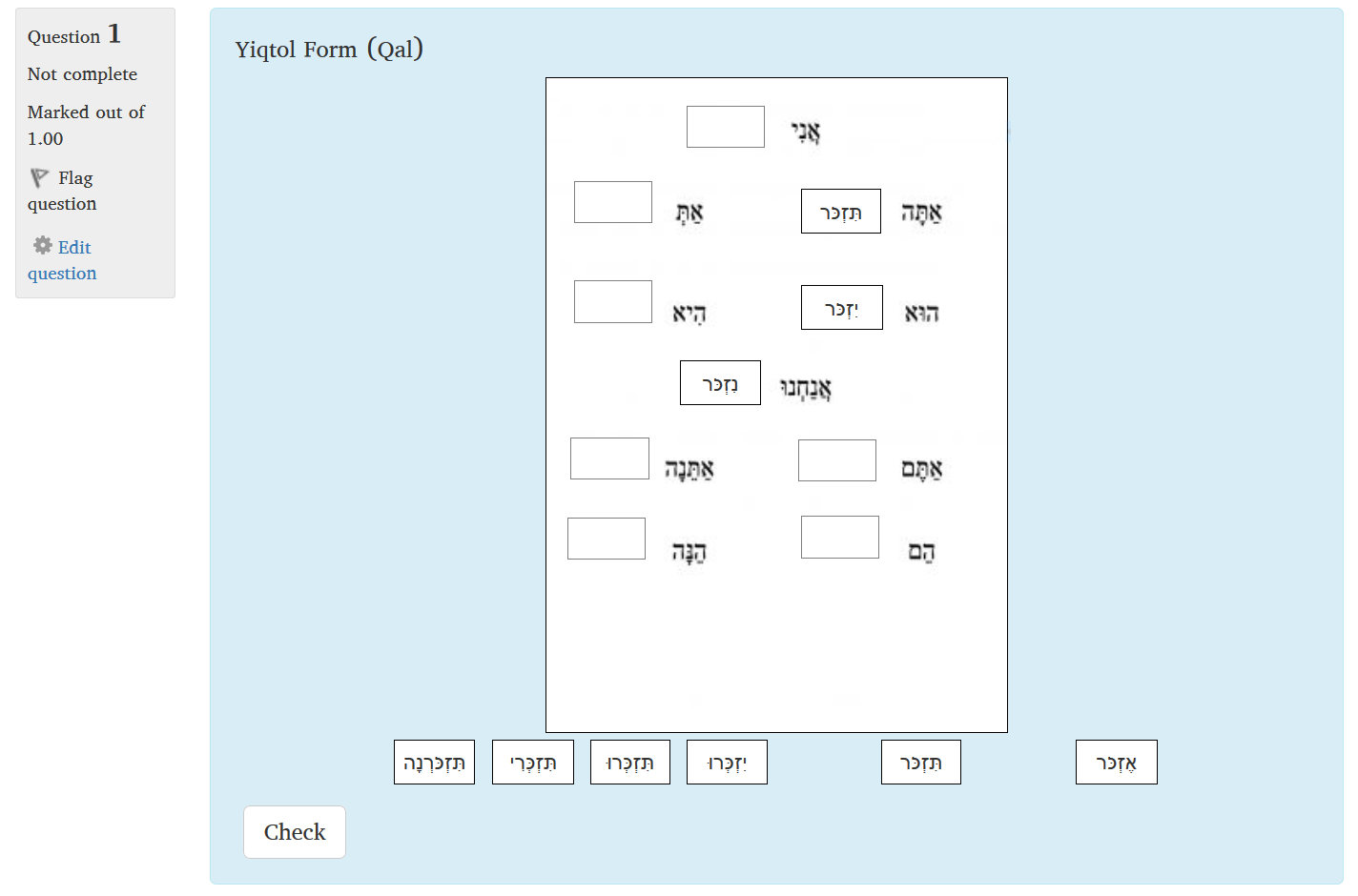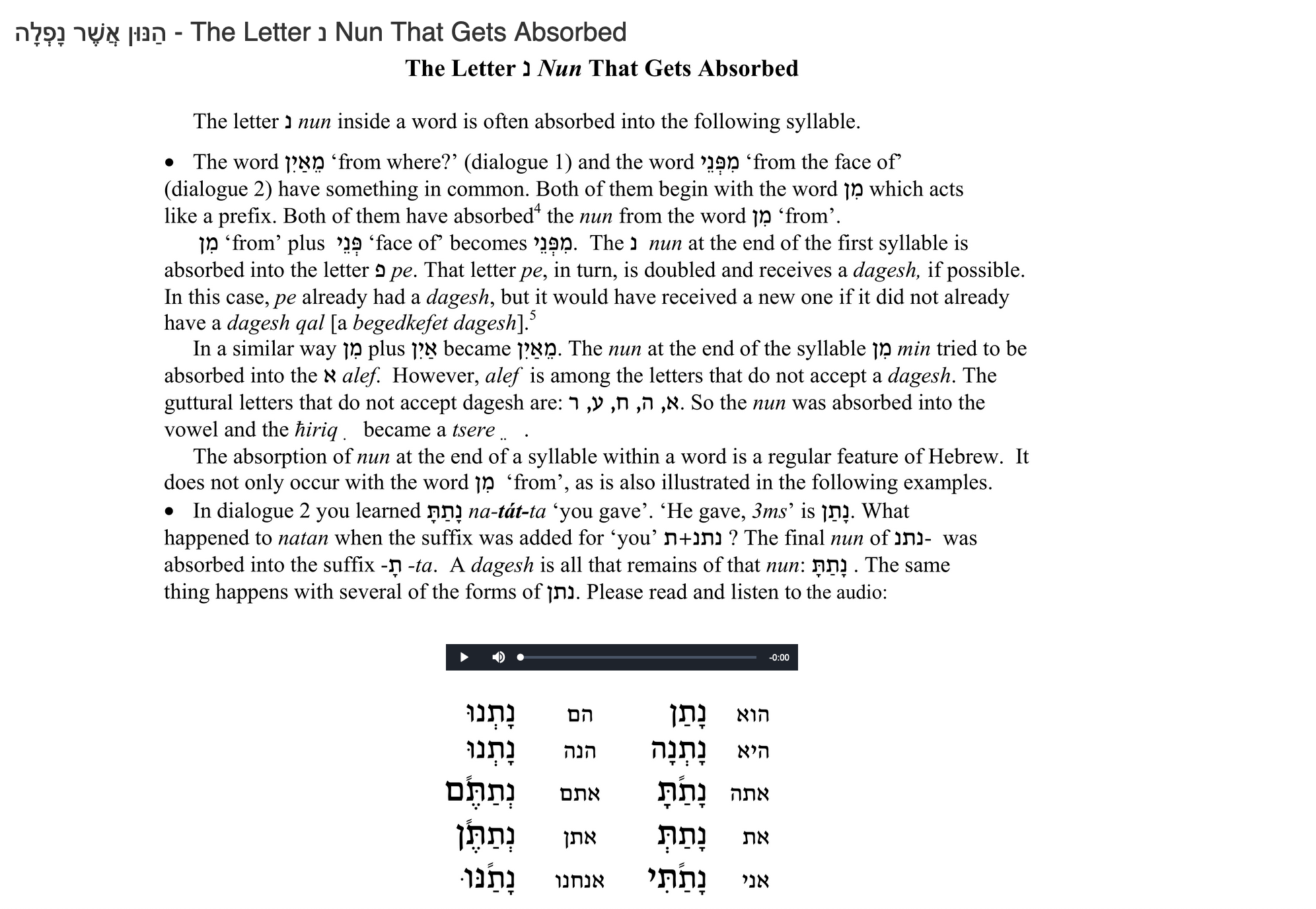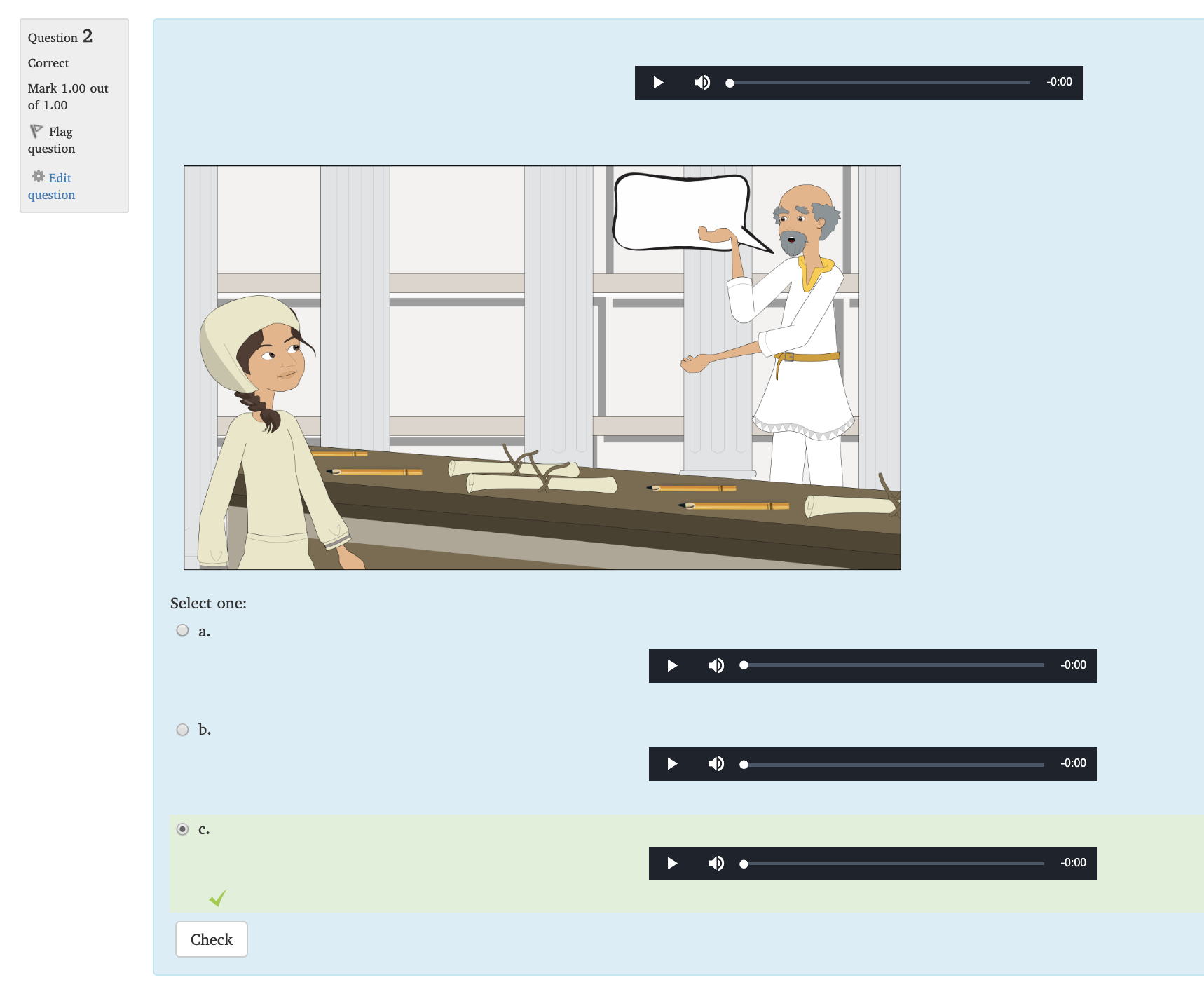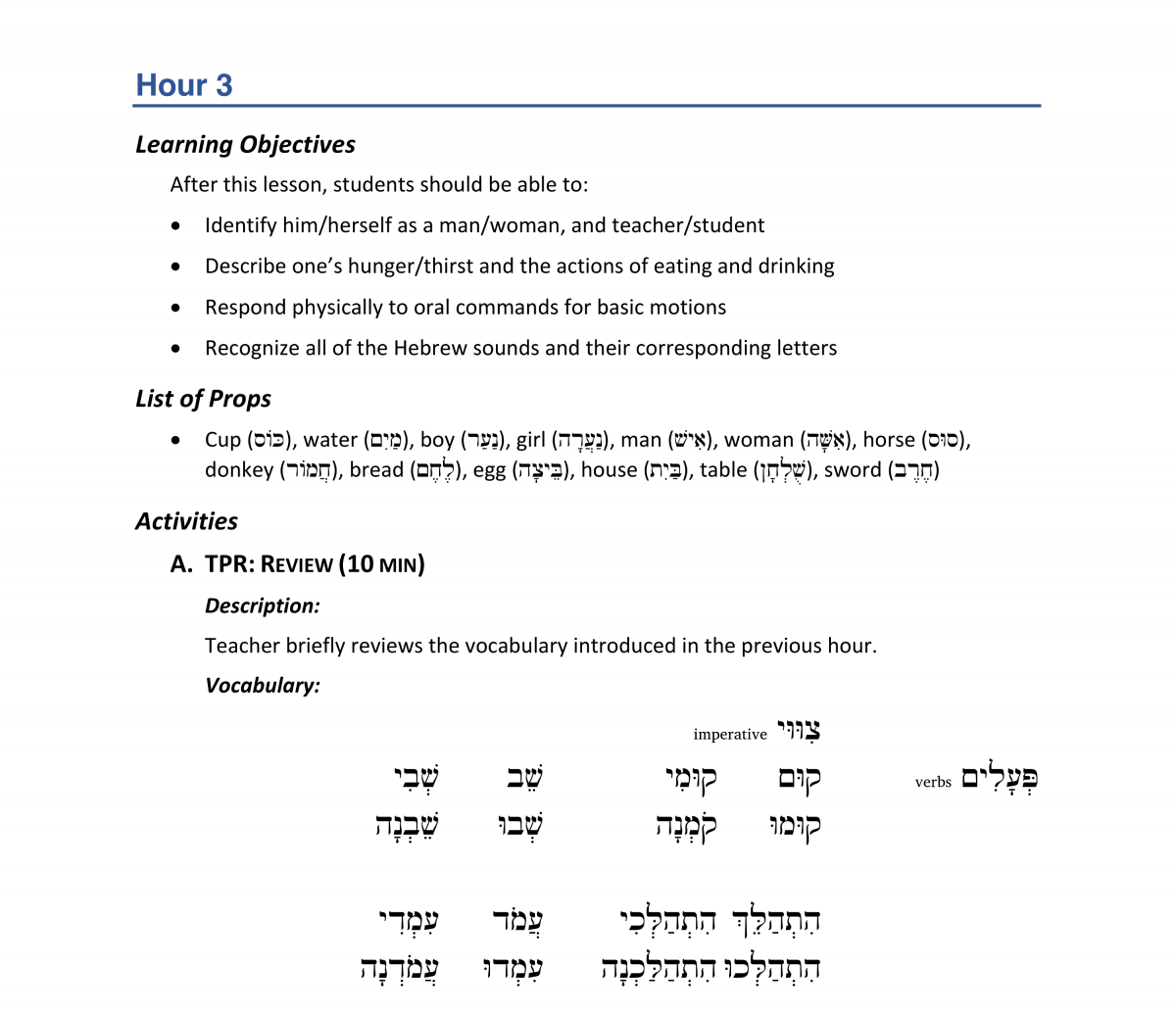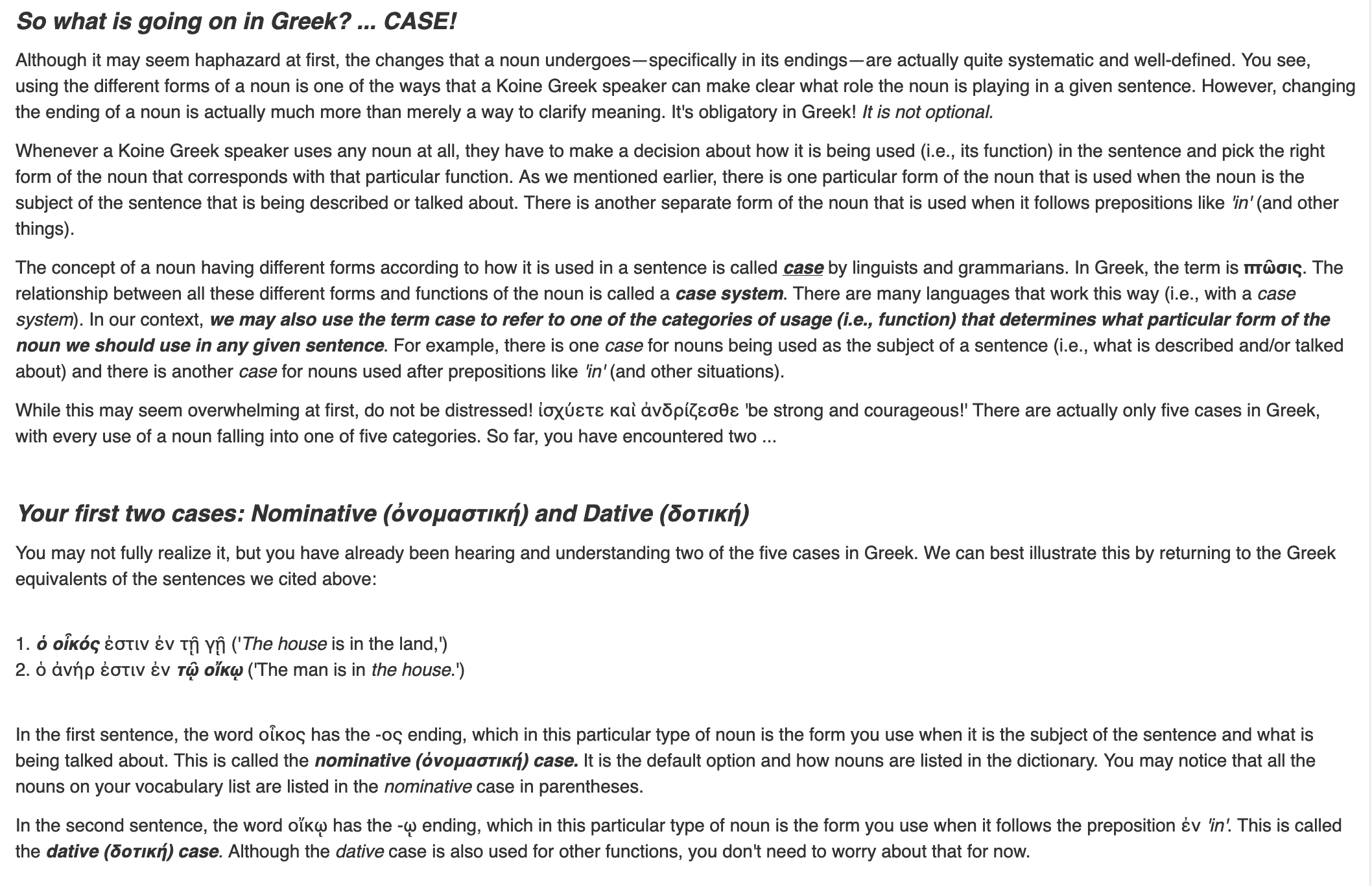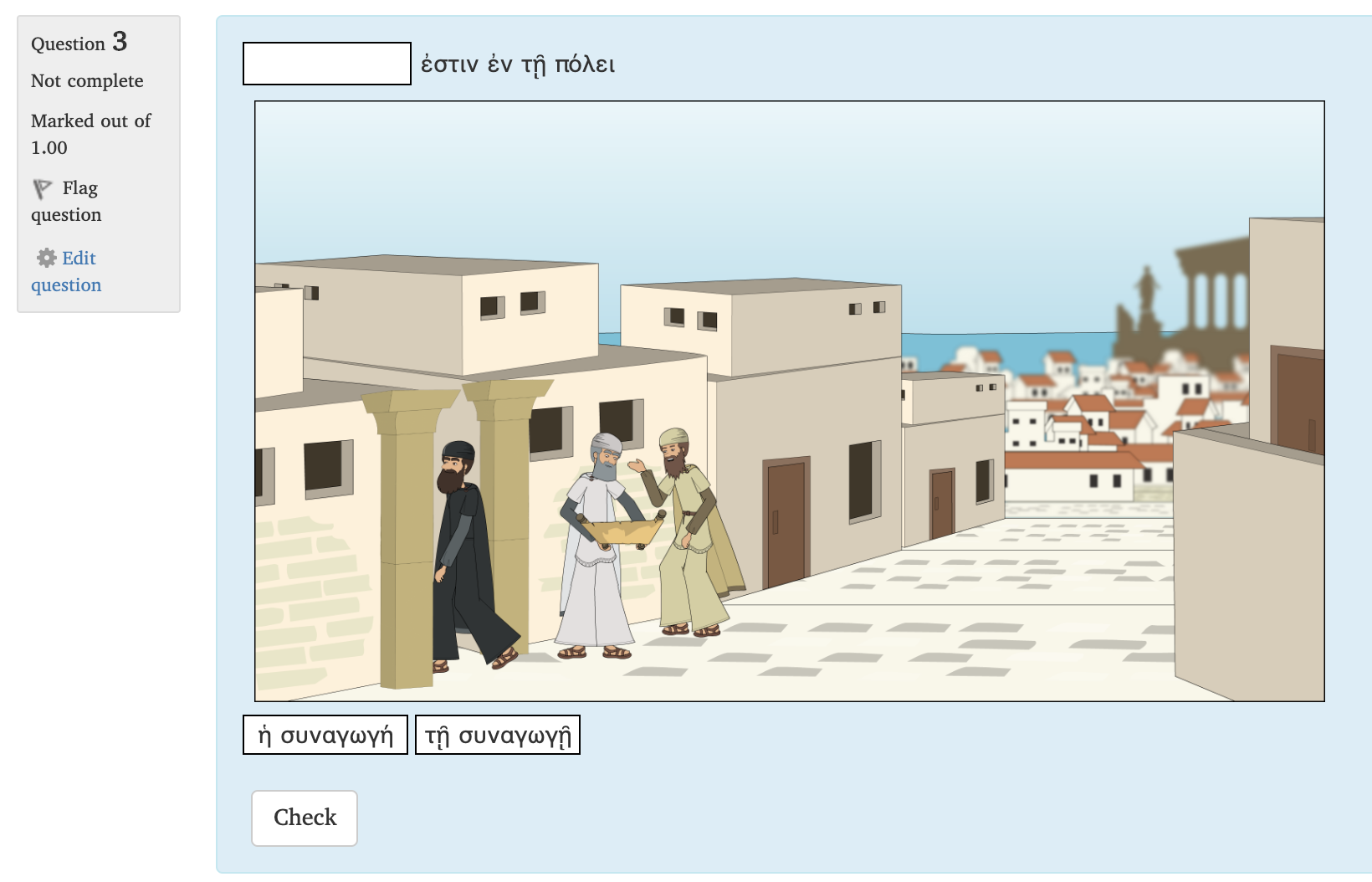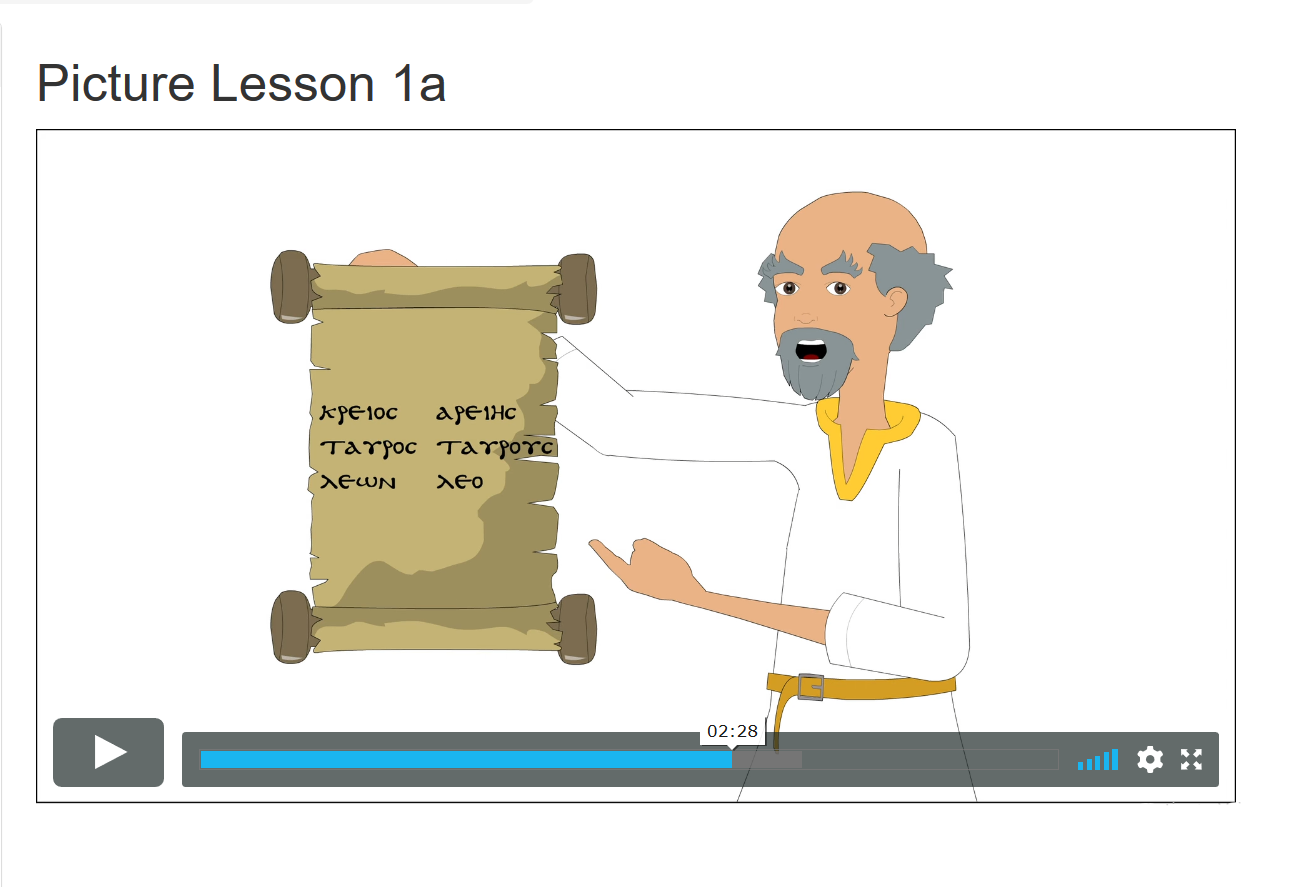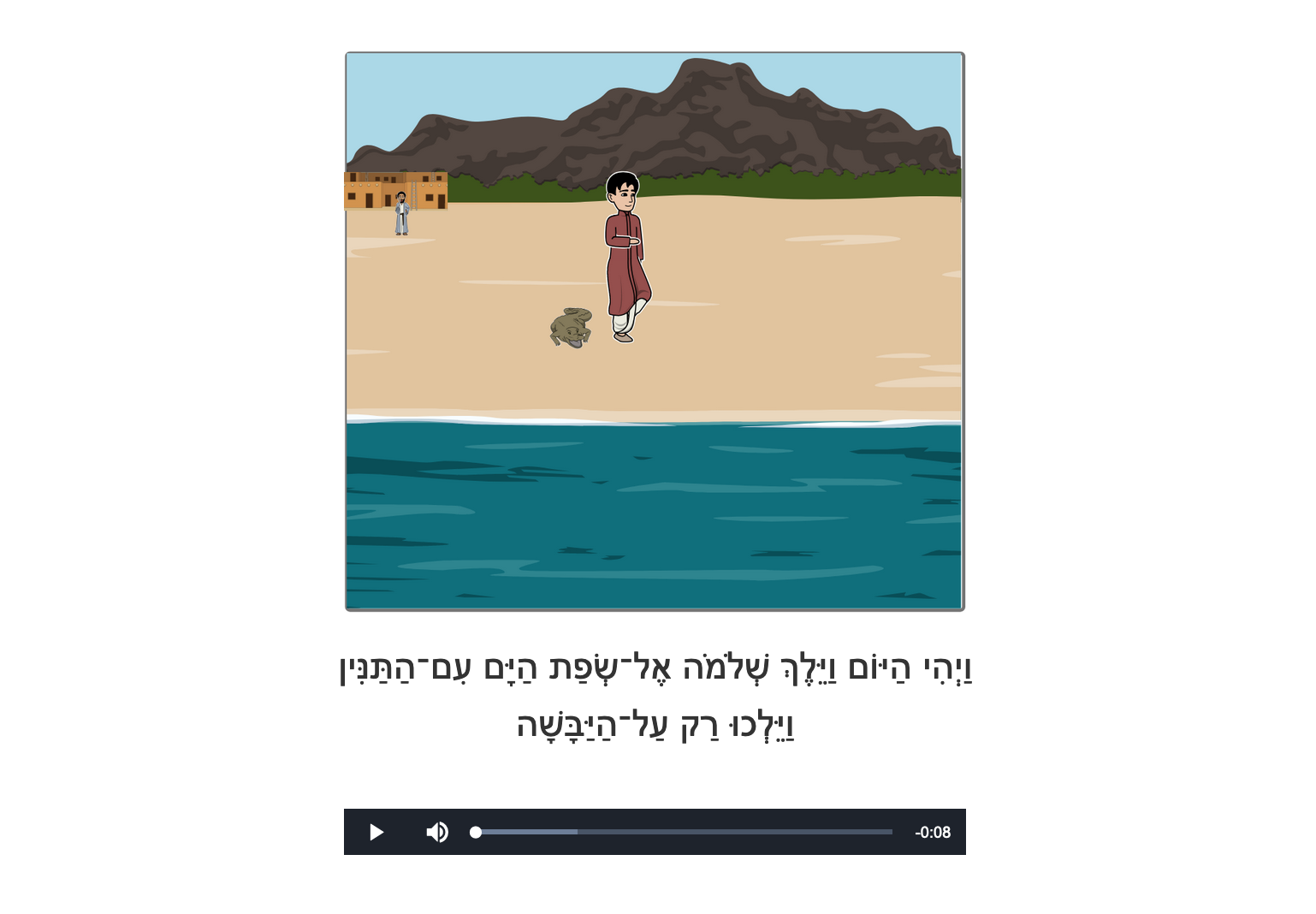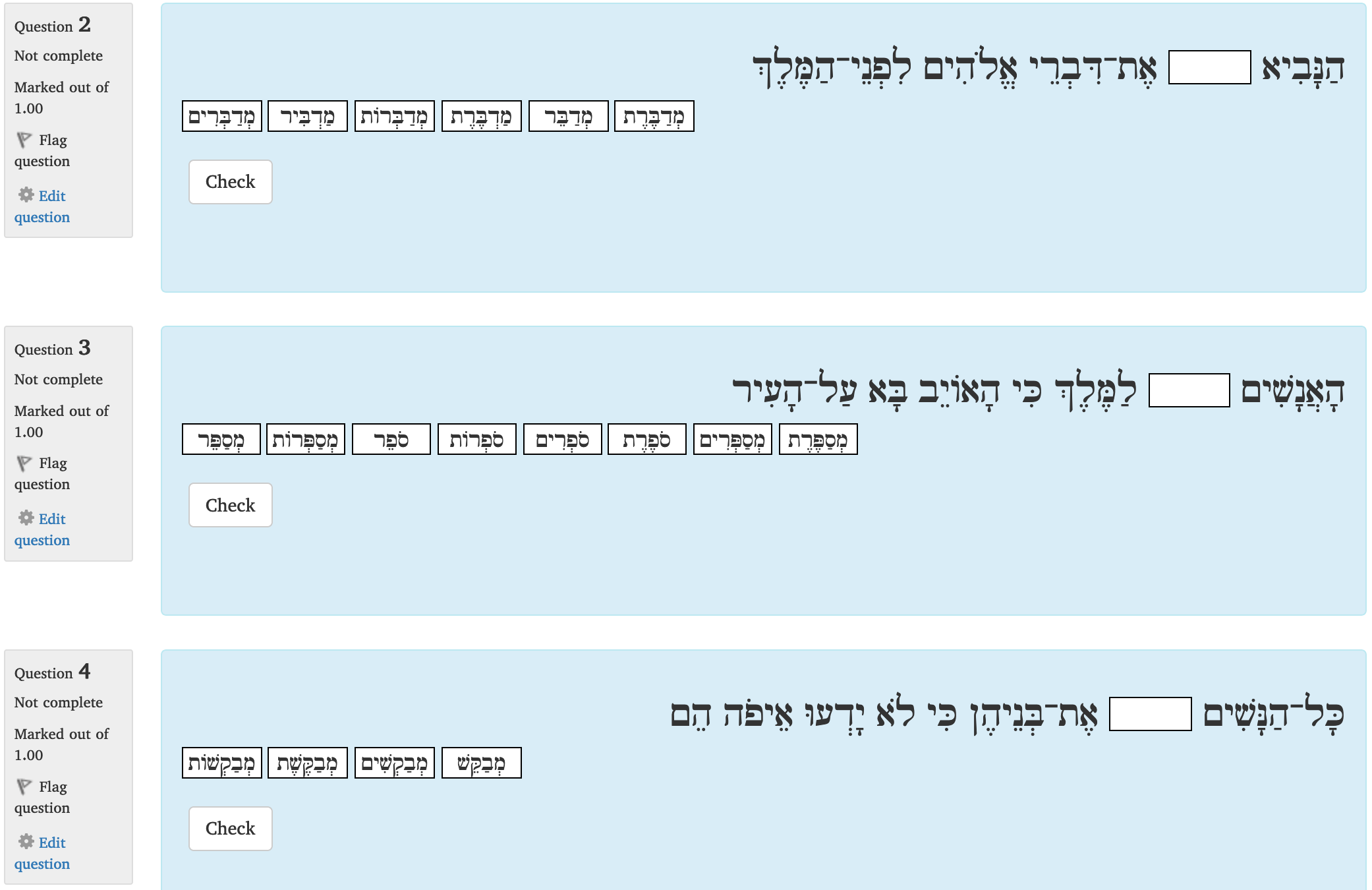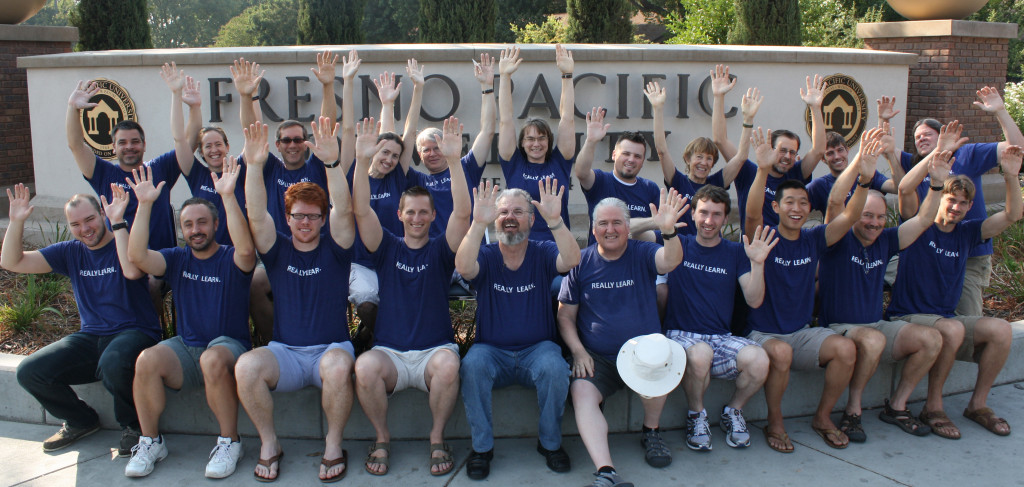In San Antonio
on Friday, Nov. 17, 2023 at 2:00 pm – 4:00 pm
Join Us for the
Annual Forum of the Biblical Language Center
Marriott Rivercenter,
Conference Room 19
(SBL Session ID: M17-205)
What is a Living Language approach?
A Living Language pedagogy treats the biblical language as a real language that is both used to communicate and learned by communicating in the language itself. It implements best practices from the field of Second Language Acquisition to the teaching of biblical languages. Learn more
What makes a Living Language approach distinctive?
Living Language spends the majority of the time engaging students’ listening and speaking skills, while also teaching reading and writing skills.
Why should students learn to listen and speak if the aim is to read?
Listening and speaking skills have been shown by research in Second Language Acquisition to be both indispensable and most effective for producing and bolstering reading fluency.
Will a Living Language approach help my students to be better readers of the biblical languages?
Not only do students confirm it, but instructors who have made the switch to teaching with a Living Language approach are thrilled to report that their own reading comprehension skills have improved.
Is a Living Language approach mainly about adding audio to a curriculum?
No: while audio is key both in and out of the classroom, to be effective it needs to be meaningful communication.
What is meaningful communication?
Meaningful communication focuses on using the biblical language to communicate thoughts and ideas (not just talk about the language); it is comprehensible at the students’ level; and it grows in complexity as the course progresses.
How does a Living Language approach teach grammar?
All the time! Grammar is internalized from day one through meaningful communication even before it is explicitly taught. The result? It takes a fraction of the time to teach grammar.
Can I use a Living Language approach if I’m not fluent in the biblical language?
Yes! Our curriculum does not assume you can already speak the biblical language. It is designed so that much of the students’ comprehensible input happens outside the classroom. Additionally, teaching resources include helps to grow your own fluency in the classroom.
What kind of support is there for those adopting a Living Language approach for the first time?
The curriculum comes with an instructor’s manual, complete with teacher resources (lesson plans, homework assignments, assessments, etc.). Also, we regularly run pedagogy workshops.
MAIN FEATURES OF OUR ONLINE CURRICULUM:
- Fully Online Textbook: Rather than a print textbook, students use the online interface to do their homework. This allows for a better student experience that seamlessly integrates the visual, audio and oral components of the curriculum. Additionally, it allows for much of the homework and assessment to be self-grading.
- Grammar Drills: Audio and written grammar drills, entirely in the biblical language, used for homework to raise student language awareness in meaningful communicative contexts. These online drills are self-grading, and can be repeated by students as often as needed.
- Assessment Quizzes: At regular intervals there are self-graded assessment quizzes that test, in the biblical language, student progress.
- Text and Q&A audio: All texts in the curriculum (whether biblical or non-biblical) come with audio recordings, not just of the text, but of reading comprehension or simple exegetical questions. These significantly boost the amount of comprehensible input possible outside of classroom time.
- Vocabulary Stories: Non-biblical stories, written, illustrated, and audio format, that introduce new vocabulary and/or grammar. In addition, these provide the opportunity to test student comprehension of the language in a context where they cannot rely on prior knowledge of the biblical text to assist them.
- Assessment Reading Questions: Self-grading reading comprehension quizzes on all reading texts.
- Accompanying Instructor’s Manual: To help instructors make the transition to a Living Language approach, the manual comes standard when you adopt the curriculum for your class. Some of its features include:
-
- Teacher Training videos
- Customizable lesson plans for each hour
- Learning objectives for each teaching session
- Detailed description of the activities
- Logistical notes
- Prop list for each class session
- Pre-made and customizable “cheat-sheets” to use in class while teaching
- Detailed instructions for the various pedagogical techniques used
- Teaching tips
- Scripted scenarios in the target language for each activity
- Linguistic notes
- References with all the vocabulary and verb forms you will need to teach each activity
- Sample syllabus
- Assigned homework for each session
I’m just loving the curriculum and so are the students. THANK YOU! It is such a struggle to see people getting turned OFF to Hebrew in conventional courses when they get TURNED ON to it via this curriculum! Wonderful! There are many copy cats but none like yours!
I cannot say enough how impressive are the curriculum and other materials you have all developed. I believe this will represent a remarkable leap forward for developing biblical Hebrew literacy.
Buth’s method offers the user a fresh, effective, and methodologically sound approach for developing linguistic competency in biblical Hebrew.
I love the materials . . . and am impressed at how much there is and how well it’s done.
BLC’S CURRICULA HAVE BEEN USED AT:
University of Texas, Austin
University of Virginia
Trinity Evangelical Divinity School
Fresno Pacific University
Northwest University
Bethel Seminary
The SeedCompany
Institute for Biblical Languages and Translation
Briercrest Seminary
The Pillar Seminary
Moody Bible Institute
Nyack College
Shasta Bible College
Wisconsin Lutheran College
Mid-Atlantic Christian University
Ecole de Théologie Evangélique du Québec
Ελληνικό βιβλικό Κολέγιο
And more…
WHAT STUDENTS ARE SAYING
“Hebrew was the cherry on the top of my college education.”
“I have had more semesters of training in the traditional method for Greek, and feel confident at using the tools for exegesis, but in only three semesters of Living Biblical Hebrew I can already read and understand more Hebrew without having to rely on any tools.”
“This was my favorite class since my first semester taking it. The only thing I would want is for more students to know about this course so they could take advantage of it.”
“I am a Psych major, but my favorite class is Hebrew.”
“Hebrew was the most life-giving class in Biblical Studies I have taken.”
WHY A LIVING LANGUAGE CURRICULUM?
How do humans learn a language?
Humans were designed to learn a language by using it. The key to a successful classroom is to keep instruction in the language at a level that maximizes student understanding. Foundational is the implication that the language will be heard and spoken as much as it will be written and read. Especially at the beginning stages, keeping the focus on hearing and speaking the language is the fastest and most natural way to grow language. While this may seem obvious to anyone learning a modern language, the application to the biblical languages has not been without hurdles.
Why hasn’t this been applied to the Biblical Languages?
There is a commonly held belief that since the study of biblical languages is for the sole purpose of reading texts, there is no need to hear and speak it. This could not be further from what research has discovered. It turns out, the reading process is intricately connected to the mind’s ability to hear the language. In fact, the components missing from traditional instruction of biblical languages, namely hearing and speaking the language, are the very things that produce and bolster reading fluency.
This leaves biblical language scholarship facing a second and more substantial hurdle. Without a community of speakers, where does the field get the resources needed for this type of immersion style instruction. This is the challenge that brought the Biblical Language Center into existence. For over twenty years, BLC has combined expertise in biblical languages with best practices in second language acquisition to carefully develop what we have come to call a Living Language curriculum.
What is a Living Language curriculum?
First a word as to what it is not. It is not taking an existing curriculum and simply adding audio recordings of biblical texts or vocabulary lists. While these can be helpful review tools they do not build language. Neither is it requiring learners to mimic recordings, such as songs or sayings or verses. Rather, it is all about chunking the language in understandable units that through usage moves a learner from simple to complex communication without the need for translation.
Learn More With Free Desk Copy
Access Today!

